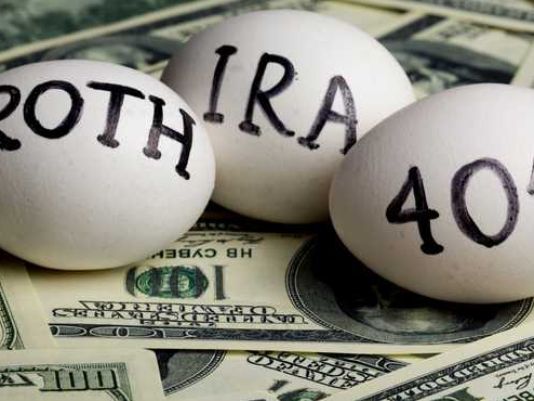
This is the first of a three-part series looking at three financial products I love the most — but through a highly critical lens. During this series, I will not focus on the positives.
I remember where I was when I first heard the phrase Roth IRA. I was 20 years old, and I had driven to meet with a financial adviser who was willing to talk with a young guy armed with $2,000 and a list of questions that would have left even the most patient person annoyed.
“The Roth IRA is the best financial product that exists today,” the adviser offered. I’ve shared his zeal and belief for 20 years. But I’m now at a stage where I want to strongly consider the ideas with which I disagree. Roth IRAs aren’t perfect, and today I’m choosing to point out their imperfections.
One of the primary reasons people choose to invest in a Roth IRA, as opposed to a Traditional IRA, is because they believe tax rates will continue to rise. They want to pay tax on their money now when it’s at a lower rate. I’ve always felt this to be a weak assumption. The top marginal tax rate in the U.S. was 70% in 1977. Today the top marginal bracket is 37%.
While the IRS lets me defer up to $18,500 (in 2018) to my 401(k), it only lets me contribute $5,500 to a Roth IRA (since I’m 49 or younger). From my experience, I’ve seen this stifle contributions from people who otherwise would increase their retirement contributions each year, if they were to primarily focus on the 401(k).
In practice, people only have so much time and energy to focus on their finances. Even when financial experts instruct people on how to use both employer-sponsored retirement savings vehicles and individual retirement accounts, they simply don’t bother. They pick one pony to ride, even when that pony bucks them off once they’ve invested $5,500 in it. Had the person chosen to ride other ponies in the stable — such as the 401(k) — they could have kept riding and contributed more as their income changed over time.
And what if you’re on the upper end of the income spectrum? Roth’s got nothing for you. People in this particular predicament must access Roth through the back door, via a backdoor Roth conversion.
I’m also struggling to get over how fussy the Roth IRA is. As a stand-alone methodology for preparing for retirement, it struggles to have broad appeal. This relates to my ultimate point: Americans are thirsting for financial simplicity more than ever and, if they take the Roth path, they will absolutely underfund their retirement.
Is this Roth’s fault? No. Is this the government’s fault? No. But if Americans continue to struggle to weave together simple retirement funding strategies, let alone complex ones, then the Roth suffers from being too little of a good thing.
This last concern could be rational or irrational but, based on the near meltdown of the 529 tax program just a few years ago, I feel like my concern is legitimate. With one bad piece of legislation, all the tax advantages of Roth IRAs could quickly disappear. If some future tax reform bill ever targets the tax-free nature of Roths at withdrawal, then we’re all staring at a retirement disaster. Roths are vulnerable to myopic thinking.























